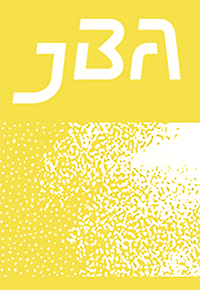O Organization, Where Art Thou? Tracing the Multiple Layers of Ambiguous and Shifting Boundary Processes in a Formal Organization
DOI:
https://doi.org/10.22439/jba.v5i1.5219Keywords:
Organizational anthropology, organizational form, organizational boundaries, boundary object, organizational theory, NorwayAbstract
In this article, I use an empirical case from a Norwegian transnational maritime company to discuss organizational boundaries and, implicitly, organizational form. I focus on the relationship of the formal organization as a legal entity to its outside world and ask how boundary work toward external actors takes form. My empirical case shows that there is not an unproblematic “inside” that engages with the outside world and, as a result, I question the usefulness of some of the concepts used to talk about boundary processes. To understand the latter, where the boundaries drawn are multiple, flexible, and dependent on the situation, I adopt Bowker and Star’s (2000) concept of “boundary object,” which allows the discussion to focus on boundaries in terms of the continuous work of making a “shared space”, rather than of limits between the various parties.
Downloads
Published
Issue
Section
License
Authors who publish with this journal agree to the following terms:
- Authors retain copyright and grant the journal right of first publication with the work simultaneously licensed under a Creative Commons Attribution License that allows others to share the work with an acknowledgement of the work's authorship and initial publication in this journal.
- Authors are able to enter into separate, additional contractual arrangements for the non-exclusive distribution of the journal's published version of the work (e.g., post it to an institutional repository or publish it in a book), with an acknowledgement of its initial publication in this journal.
- Authors are permitted and encouraged to post their work online (e.g., in institutional repositories or on their website) prior to and during the submission process, as it can lead to productive exchanges, as well as earlier and greater citation of published work (See The Effect of Open Access).



